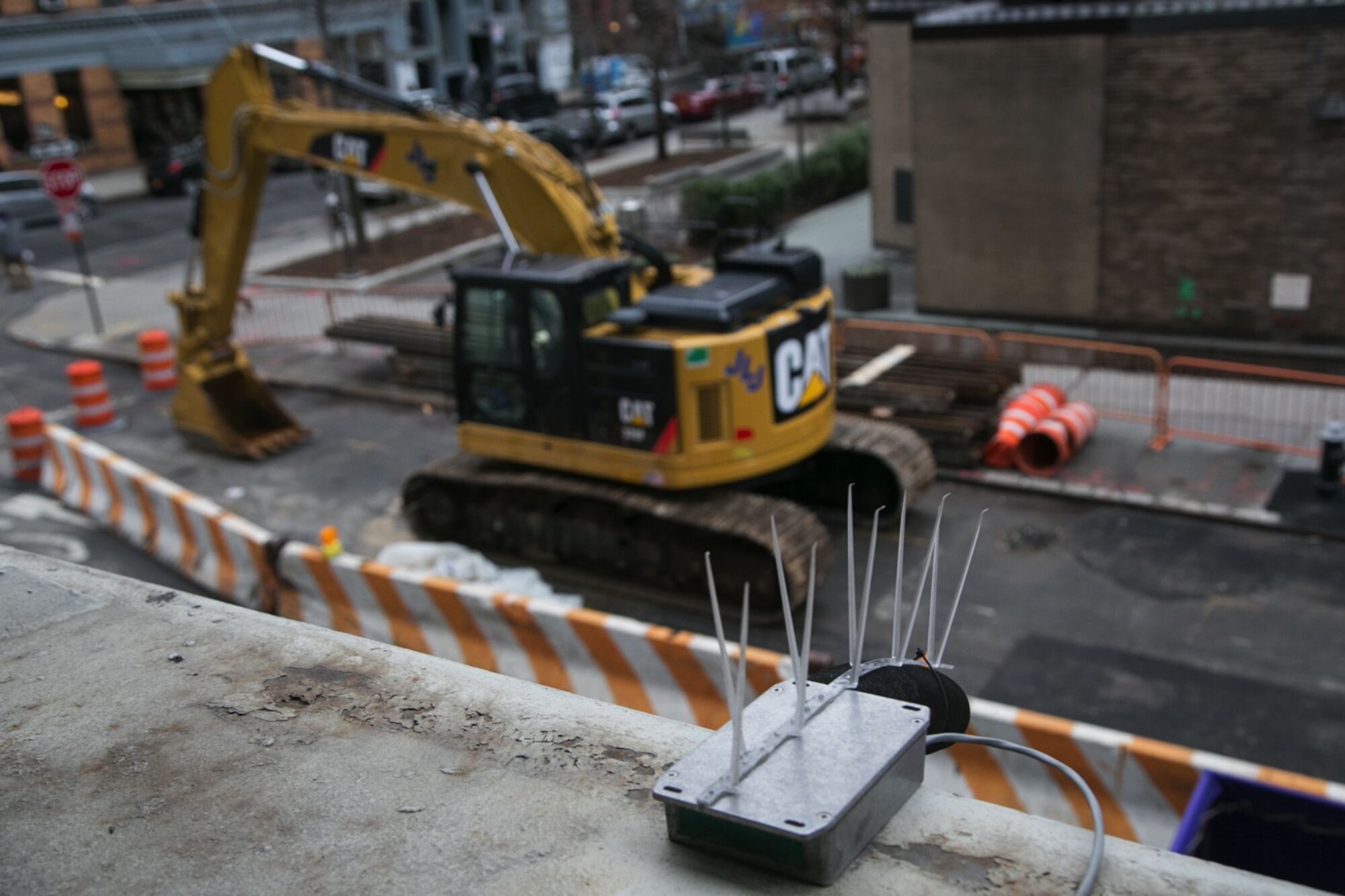
Lars Dolder
Mon, December 6, 2021, 9:00 AM·2 min read
Toyota will open a multi-billion dollar battery plant with at least 1,750 employees about an hour’s drive outside the Triangle, according to ABC 11, The News & Observer’s media partner.
The Japanese auto maker announced in October it would build a $1.29 billion facility in the United States to manufacture hybrid and electric vehicle batteries, the Greensboro News & Record reported. The plant will launch production in 2025 and expand operations by 2031.
Secretary of State Elaine Marshall and Gov. Roy Cooper are expected to confirm that Toyota has picked the Greensboro-Randolph Megasite, about 20 miles southeast of Greensboro, in specially convened economic development meetings Monday.
NC budget appropriation
Toyota’s decision to build in North Carolina was facilitated by the state’s new budget, which appropriates $455 million for infrastructure and site development at Randolph’s 1,800-acre megasite.
Up to $185 million is available for Toyota to make site improvements at its discretion. Another $135 million is allocated to the N.C. Dept. of Transportation for road improvements; $100 million will go to site preparation and wetland mitigation; and the final $35 million is earmarked for additional road work.
To secure state funds, Toyota had to commit at least $1 billion in investment. Over the next 10 years, though, the company plans to expand that to $3 billion, with about 3,875 jobs. The site’s construction will mark the largest capital investment in state history.
Toyota’s commitment is “transformational,” and should attract other economic development opportunities for North Carolina, according to state Rep. Jon Hardister, a Republican from Greensboro.
“If you get a large manufacturer, not only is it a lot of jobs, but they are jobs that pay well,” he previously said in a telephone interview. “And when you have large manufacturers, you tend to have ancillary companies as well.”]
The "Right to Work" In An "At-Will State" - Narron Wenzel ...
Of Counsel. North Carolina is both an at-will state and a Right to Work state. The two phrases are sometimes conflated and confused. Each refers to a distinct and separate legal doctrine. There is one point of intersection nevertheless that will be discussed in this paper. The at-will rule is a common law doctrine that has been summed up frequently in the following formulation: Where a contract of …














